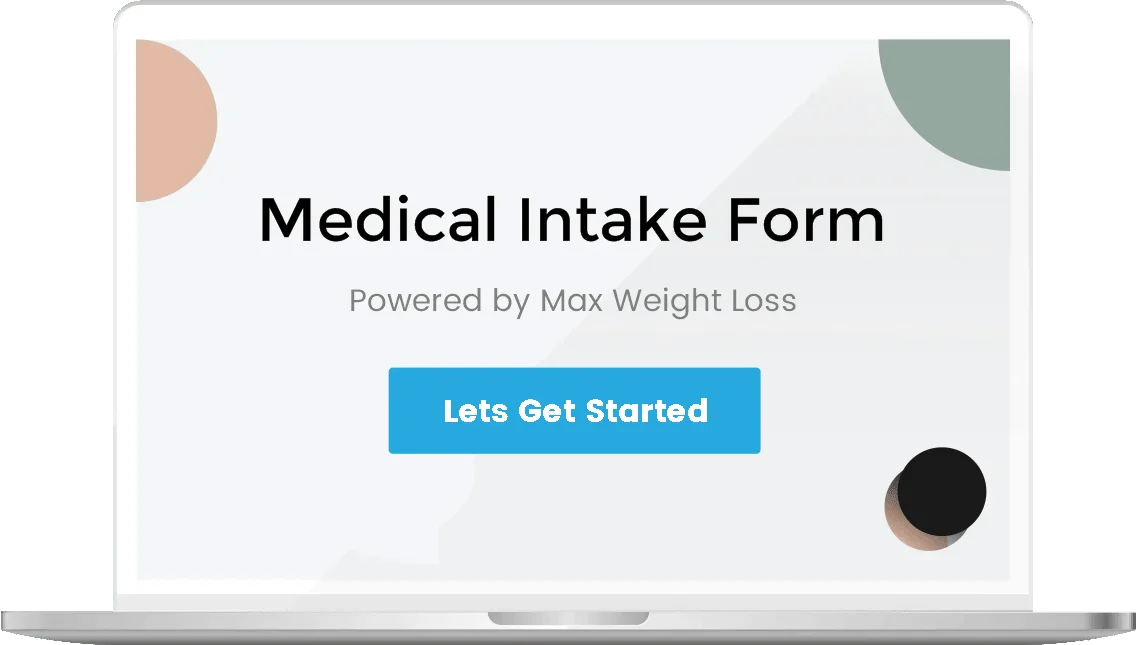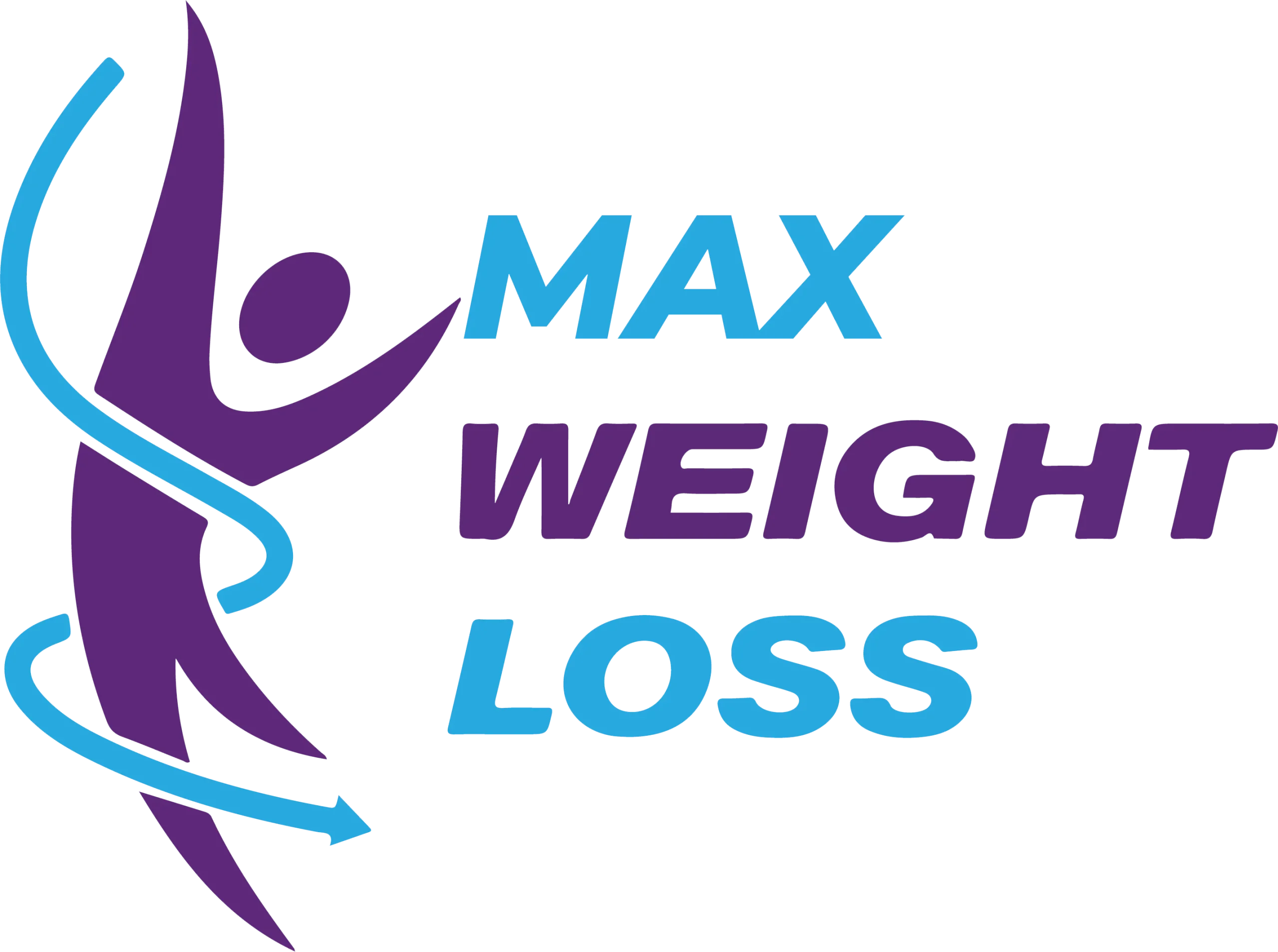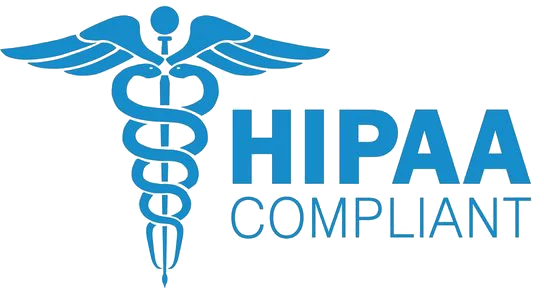IV Therapy in Lindale, TX
Starting at $150 per IV Infusion
Water isn’t always enough.
At Max Weight Loss, we offer a variety of IV infusion therapies to meet your needs for more than hydration. But hydrating is a good start.

How It Work
1. Online Medical Form

2. Telehealth Call

3. Receive Medication

ONLINE TRT TREATMENT. ONE LOW PRICE.
IV Hydration in Lindale, TX
Research suggests that most Americans are clinically dehydrated. Symptoms of dehydration include:
- Fatigue
- Weakness
- Headache
- Muscle cramps
- Dry mouth and skin
Feel better fast with IV hydration at Max Weight Loss.
IV infusion is the quick and easy way to relieve your symptoms and get hydrated. In fact, most clients get in and out in less than an hour.
Schedule an appointment for IV hydration anytime or after consuming alcohol or caffeine, working out excessively, or being sick with vomiting or diarrhea.
IV Drip Therapy in Lindale, TX
Choose from a variety of IV “cocktails” designed to boost your immune system, help you lose weight, or recuperate after a night out.
- Myers’ Cocktail for stress, immunity, and energy
- Shallow Hal for weight loss
- The Athlete for performance and recovery
- Pre-Party for detoxification and relaxation
- The Hangover for detoxification and energy
Our IV cocktails are made of high-quality vitamins and minerals to ensure you enjoy all the benefits of IV therapy.
Call us at 903-623-8700 for more information, or schedule your IV drip therapy now
IV Vitamin Therapy in Lindale, TX
Opt for additional vitamins, minerals, and medications to get the most from your IV therapy.
- Vitamin B complex
- Vitamin C
- Magnesium
- Zinc
- Benadryl
- Zofran
- Roradol
- Glutathione
- NAD
A licensed medical professional at Max Weight Loss will oversee your treatment to ensure your safety and the best results.
Easy as 1 – 2 – 3
Max Weight Loss makes it easy to get started with our $129 per month, no insurance required, testosterone management program!
These Clients LOVE Our IV Bar in Lindale, TX
Just a quick note to say thank you so much, he has so much energy and is so much happier now, thanks again!
I just wanted to give u an update on the great success ive had so far. It's been 9 days of not just no pastries but absolutely nothing sweet!
Frequently Asked Questions about Vitamin Infusion Therapy
IV infusion therapy is extremely safe if you are treated in a sterile environment by qualified medical professionals. You can ensure your own safety by insisting your provider wash and/or sanitize their hands, as well as the injection site, and put on gloves before administering an IV to prevent infection.
Patients with medical conditions such as kidney disease, liver issues, or heart problems should inform the provider about their diagnosis prior to having an IV infusion.
IV therapy offers a variety of benefits, including quick recovery from dehydration due to alcohol consumption, illness, or overexertion; fast nutrient absorption, improved skin health, and increased energy.
Depending on the vitamins and minerals in your infusion, you may also benefit from immune support, reduced inflammation, improved relaxation, and enhanced mental clarity and focus.
Many patients notice an immediate difference in the way they feel, especially if they are receiving an IV infusion for hangover relief.
Most recognize an improvement in cognitive function and energy within hours and an improvement in general health and well-being in 1-2 days.
Yes, you will notice a significant improvement in hangover symptoms both immediately and in the next few hours. A hangover IV replenishes fluids, electrolytes, and other nutrients to relieve dry mouth, headache, nausea, and other symptoms associated with dehydration after drinking alcohol. Because fluids, electrolytes, and nutrients are delivered directly to the bloodstream, the positive effects are almost instantaneous.
Side effects of IV therapy are mild and rare. Some people may experience pain or irritation at the injection site. Even fewer will have headaches, nausea, dizziness, or lightheadedness, which are usually associated with overuse or incorrect dosage of nutrients.
Aftercare includes monitoring the injection site for possible infection.
Talk with your healthcare provider if you experience any negative side effects during or after treatment.



Thank you so much. Enjoying my new lease on life. Thank you once again